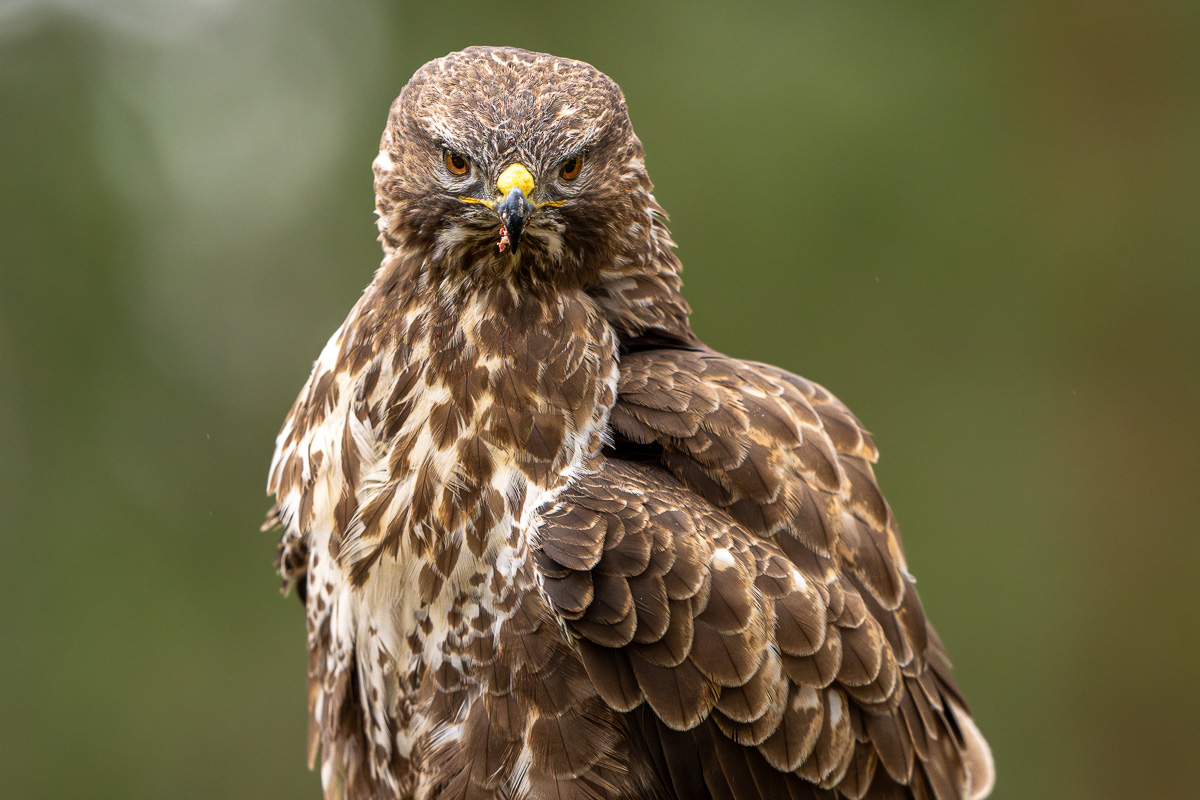FOREST BIRDS
Season for Photographing Forest Birds
The bird species you will see and photograph depend in part on the season you choose. That said, there is a wealth of different species during the fall, winter, and spring. However, activity among forest birds is low during the summer. Below is a list of the bird species you can photograph and when they typically visit the feeders at the hide.
And don’t worry about the cold! The hide has a gas-fired stove to keep you warm.
Forest birds:
- Brambling (Fringilla montifringilla) – Ranges from rare to frequent during the migration period in spring.
- Coal Tit (Periparus ater) – A very frequent visitor, especially during autumn, winter, and spring.
- Common Raven (Corvus corax) – A frequent visitor during winter and very frequent in spring.
- Crested Tit (Lophophanes cristatus) – Not a particularly frequent visitor to this hide. However, it is very frequent and one of the highlights at the forest hide. See Crested Tit.
- Eurasian Blackbird (Turdus merula) – A very frequent visitor year-round.
- Eurasian Blue Tit (Cyanistes caeruleus) – A very frequent visitor year-round.
- Eurasian Bullfinch (Pyrrhula pyrrhula) – Generally a frequent visitor, mainly at the hide during the winter period.
- Eurasian Green Woodpecker (Picus viridis) – A rare visitor.
- Eurasian Jay (Garrulus glandarius) – A very frequent visitor, mainly during autumn, winter, and spring.
- Eurasian Magpie (Pica pica) – A frequent visitor, especially during autumn, winter, and spring.
- Eurasian Nuthatch (Sitta europaea) – A very frequent visitor year-round.
- Eurasian Treecreeper (Certhia familiaris) – A very frequent visitor, especially during the winter period, early spring, and late autumn.
- European Robin (Erithacus rubecula) – A frequent visitor, especially during autumn, winter, and spring.
- Great Spotted Woodpecker (Dendrocopos major) – A very frequent visitor year-round.
- Great Tit (Parus major) – A very frequent visitor year-round.
- Hawfinch (Coccothraustes coccothraustes) – Frequent during the migration period in spring.
- Marsh Tit (Poecile palustris) – A very frequent visitor, especially during autumn, winter, and spring.
- Willow Tit (Poecile montanus) – A very frequent visitor, especially during autumn, winter, and spring.
- Yellowhammer (Emberiza citrinella) – A very frequent visitor year-round.
Camera & Lenses
When you’re in my photography hides, you can get very close to all the forest birds. I recommend using a 300-400 mm lens for portraits and anything between 24 mm and 200 mm to capture more of the surroundings.
Things to Bring to the Forest Bird Hide
The forest bird hide has plates where you can attach your tripod head or use the available bean bags. This hide is primarily for one or two people, and overnight stays are possible for one person. You should bring something to eat and drink. A flashlight or headlamp is also good to have.
What Else Can You See & Photograph?
While observing forest birds, you might also have the chance to see both Goshawk and Common Buzzard, and with a bit of luck, even Badgers.
Are the Hides Only for Photographers?
You don’t need to be a photographer to enjoy sitting in a hide and observing all the forest birds. It’s a fantastic experience even without a camera. However, the hides are designed with photographers in mind, featuring numerous openings for lenses, mounting equipment, bean bags, and so on. All my hides are carefully planned to provide you with the best angles and the most beautiful backgrounds possible.









